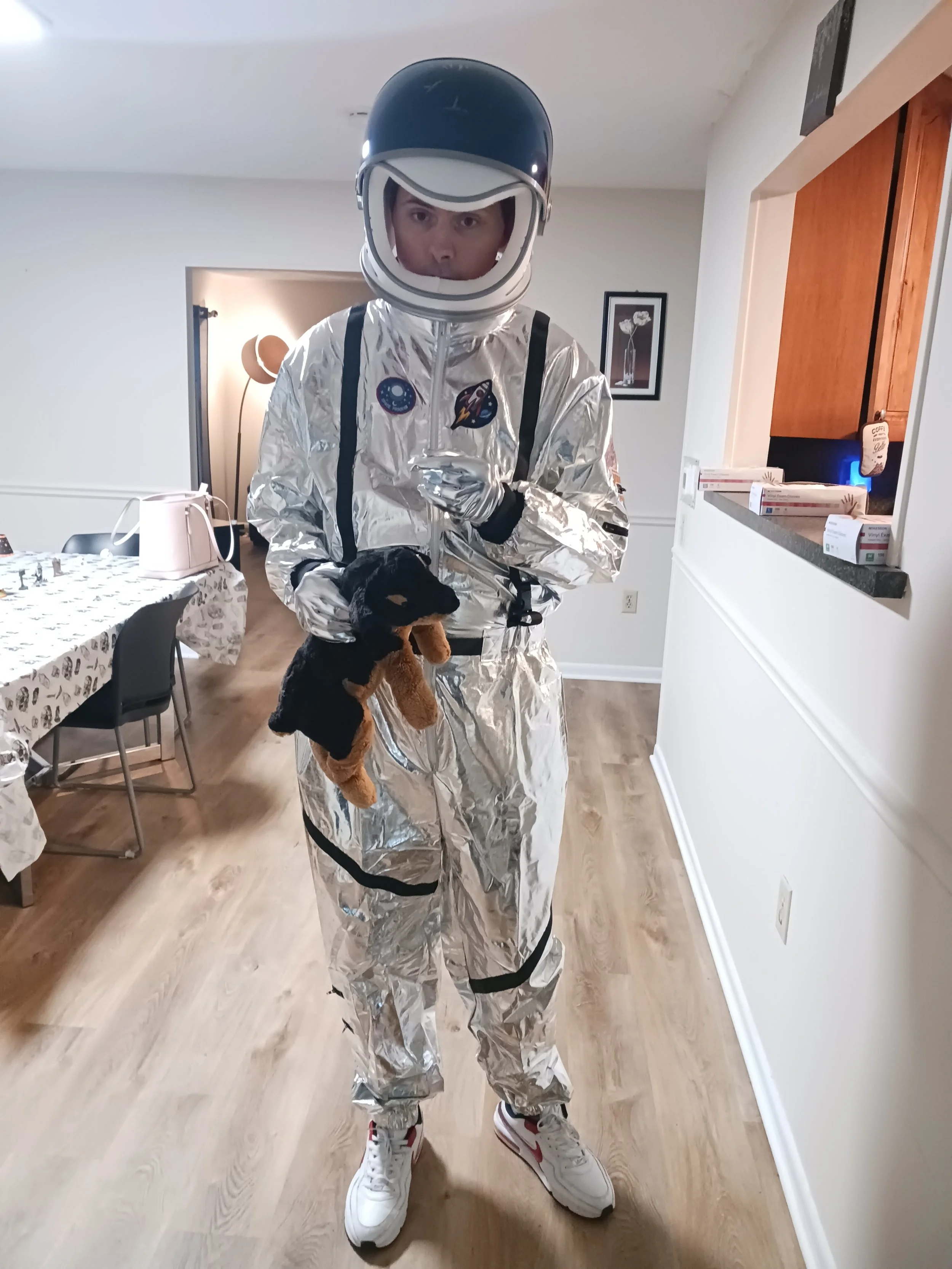Making Halloween More Inclusive: Sensory-Friendly Costume Ideas for Individuals with I/DD
Halloween is a holiday filled with imagination, fun, and community - but for individuals with Intellectual and Developmental Disabilities (I/DD), it can also bring challenges that often go overlooked.
At InCommunity, we believe everyone deserves to enjoy the magic of Halloween. That’s why sensory-friendly costume planning is such an important step toward inclusion. With a little thoughtfulness, we can help individuals with I/DD feel comfortable, confident, and fully part of the celebration.
Why Sensory-Friendly Costumes Matter
Many individuals with I/DD experience sensory sensitivities that make traditional costumes uncomfortable or overwhelming. Seams, tags, scratchy fabrics, tight masks, and unfamiliar layers can cause real distress -leading to anxiety, meltdowns, or a desire to avoid Halloween altogether.
It’s not just about comfort - it’s about dignity, joy, and inclusion. When someone feels good in what they’re wearing, they’re more likely to participate, engage socially, and create positive memories.
Sensory-Friendly Costume Ideas That Work
Here are some simple, creative costume ideas that prioritize comfort, flexibility, and personal choice:
1. Pajamas as Costumes
Soft, tagless pajamas are a game-changer. Look for sets with Halloween themes - skeletons, pumpkins, superheroes, or animals. They feel like every day wear but still bring the festive spirit.
2. DIY Costumes with Everyday Clothing
Use what’s already comfortable!
A flannel shirt, jeans, and a straw hat = farmer
Joggers, sneakers, and a sports jersey = athlete
Brown clothes and headband ears = bear or dog
Bright shirt, overalls, and a stuffed banana = zookeeper!
This approach reduces sensory overload and makes dressing up feel familiar and fun.
3. Easy Accessories
Capes, vests, hats, or themed headbands can transform a basic outfit without full-body costumes. Best of all, they can be added or removed easily based on comfort.
4. Face Paint Instead of Masks
Masks can feel restrictive or claustrophobic. Consider using hypoallergenic face paint for simple designs - or skip face additions altogether if they cause discomfort.
5. Let Them Lead
The best costume is one the person chooses and feels good in. Offer options, let them test pieces ahead of time, and go with what works - even if it’s a costume they wear every year.
Celebrating with Chuck & Jason
This year, Chuck and Jason - two of our awesome individuals from one of our Roswell homes - are showing off their Halloween spirit with sensory-friendly costumes that fit their style and comfort level. They prove that with the right approach, costumes can be both simple and full of personality.
Final Thought: Inclusion Begins with Small Changes
Making Halloween more inclusive doesn’t require a huge shift - just a thoughtful one. By focusing on comfort, choice, and accessibility, we’re not only helping individuals with I/DD feel seen and supported, but we’re also building a community where everyone belongs.
So, this Halloween, let’s rethink what a great costume really means. It's not about flash or perfection - it's about feeling safe, celebrated, and part of the fun.
Happy Halloween from all of us at InCommunity! 🎃👻🧡


